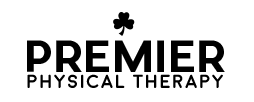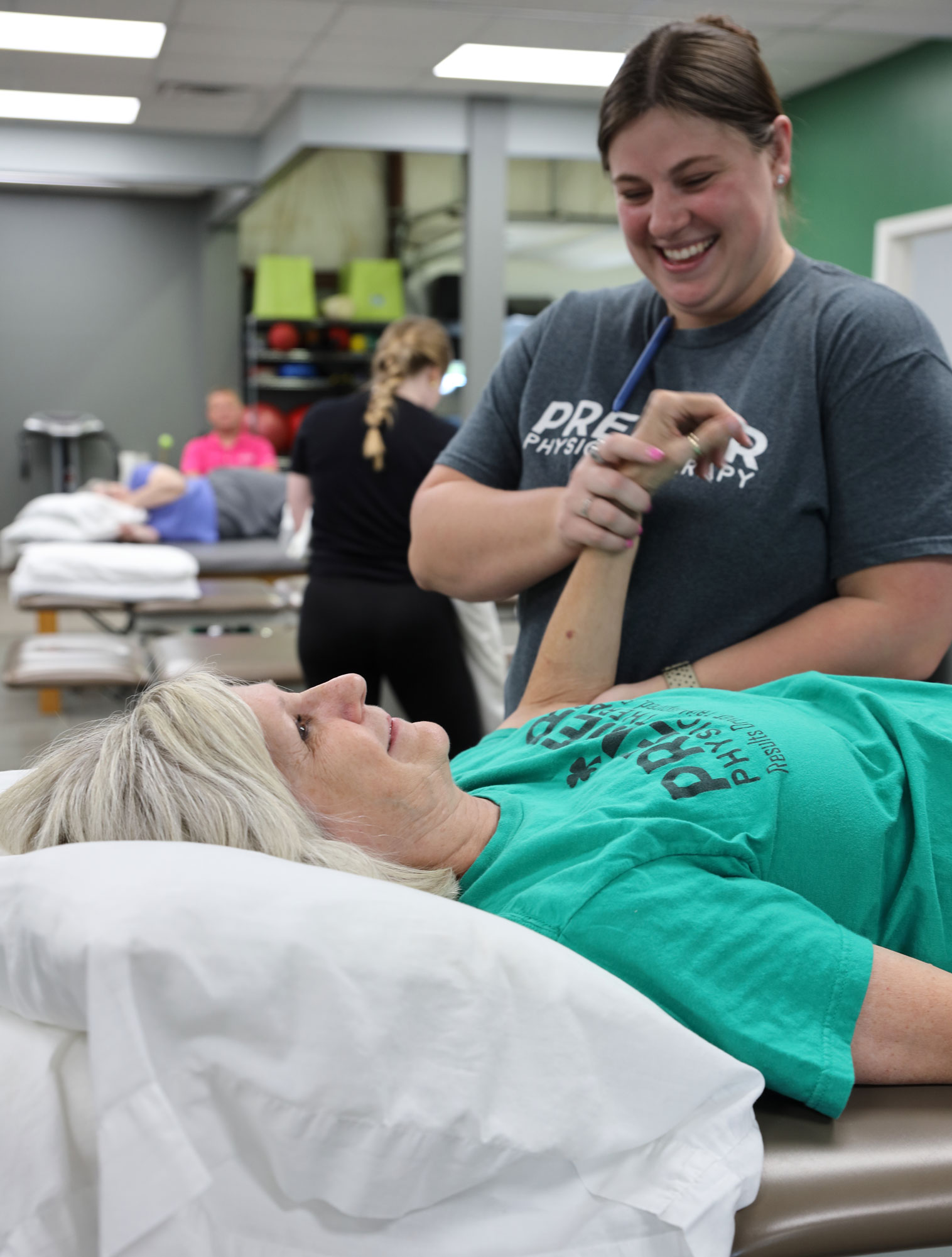Introduction to Physical Therapy
As someone who has experienced the life-changing benefits of physical therapy firsthand, I am a firm believer in its power to unlock our true potential and improve our overall health. Physical therapy is a specialized branch of healthcare that focuses on restoring and improving movement and function. It involves a wide range of techniques and exercises that are tailored to individual needs, making it a highly personalized form of treatment.
Physical therapists are highly trained professionals who play a crucial role in the rehabilitation process. They work closely with patients to develop personalized treatment plans that address their unique needs and goals. Whether you are recovering from an injury, managing a chronic condition, or looking to improve your overall mobility and strength, physical therapy can be a game-changer. It empowers you to take control of your health and live life to the fullest.
Understanding the Benefits of Physical Therapy
One of the key benefits of physical therapy is pain management. Physical therapists are experts in identifying the root cause of your pain and developing targeted treatment plans to alleviate it. Through a combination of manual therapy techniques, exercises, and modalities such as heat and cold therapy, physical therapy can significantly reduce pain and improve your quality of life.
Another important benefit of physical therapy is improved mobility and function. Whether you are recovering from surgery, dealing with a sports injury, or managing a chronic condition, physical therapy can help you regain strength, flexibility, and balance. By targeting specific muscles and joints, physical therapists can enhance your overall movement and functionality, allowing you to perform daily tasks with ease and confidence.
Additionally, physical therapy can help prevent future injuries. By addressing imbalances, weaknesses, and poor movement patterns, physical therapists can identify potential areas of concern and develop preventive strategies. This is particularly important for athletes and individuals who engage in physically demanding activities, as it can help them optimize their performance and reduce the risk of future injuries.
Common Conditions Treated by Physical Therapy
Physical therapy can address a wide range of conditions, and some of the most common conditions treated by physical therapists include:
- Musculoskeletal injuries: Physical therapy is often used to rehabilitate injuries to muscles, bones, ligaments, and tendons. Whether you have sprained an ankle, torn a muscle, or fractured a bone, physical therapy can help you recover and regain full function.
- Orthopedic conditions: Physical therapy is commonly prescribed for orthopedic conditions such as arthritis, osteoporosis, and joint replacements. It can help manage pain, improve joint mobility, and enhance overall function.
- Neurological disorders: Physical therapy plays a crucial role in the rehabilitation of individuals with neurological disorders such as stroke, multiple sclerosis, and Parkinson’s disease. It focuses on improving motor function, balance, and coordination.
The Role of Physical Therapists in Rehabilitation
Physical therapists are highly skilled healthcare professionals who play a pivotal role in the rehabilitation process. They work closely with patients to assess their needs, develop personalized treatment plans, and provide hands-on care. Here are some of the key roles that physical therapists play in the rehabilitation process:
- Assessment: Physical therapists start by conducting a thorough assessment of your condition, taking into account your medical history, symptoms, and functional limitations. They use a variety of tests and measures to gather information and develop a comprehensive understanding of your unique needs.
- Treatment planning: Based on the assessment findings, physical therapists develop personalized treatment plans that are tailored to your specific goals and needs. These plans may include a combination of exercises, manual therapy techniques, modalities, and education.
- Hands-on care: Physical therapists provide hands-on care through techniques such as manual therapy, which involves the skilled manipulation of muscles, joints, and soft tissues. This helps improve circulation, reduce pain and inflammation, and enhance overall mobility and function.
- Education and guidance: Physical therapists play a crucial role in educating and guiding patients throughout the rehabilitation process. They provide valuable information on self-care techniques, exercises, and strategies for preventing future injuries.
The Importance of Early Intervention in Physical Therapy
When it comes to physical therapy, early intervention is key. The sooner you seek treatment, the better the outcomes are likely to be. Here are some reasons why early intervention is important in physical therapy:
- Faster recovery: Early intervention allows physical therapists to address the underlying issues sooner, helping you recover faster. By addressing pain, inflammation, and mobility issues early on, physical therapy can prevent the condition from worsening and promote a quicker return to normal function.
- Prevention of secondary complications: Delaying physical therapy can lead to the development of secondary complications. For example, if you have a musculoskeletal injury and do not seek treatment promptly, you may develop compensatory movement patterns that can lead to further imbalances and injuries.
- Improved long-term outcomes: By starting physical therapy early, you give yourself the best chance for long-term success. Physical therapy can help you regain strength, mobility, and function, allowing you to resume your normal activities and prevent further limitations in the future.
Key Exercises and Techniques in Physical Therapy
Physical therapy utilizes a wide range of exercises and techniques to help patients achieve their goals. Here are some key exercises and techniques commonly used in physical therapy:
- Therapeutic exercises: Therapeutic exercises are designed to improve strength, flexibility, and endurance. They can target specific muscle groups or focus on overall body conditioning. Examples include resistance training, stretching, and cardiovascular exercises.
- Manual therapy: Manual therapy techniques involve hands-on techniques to manipulate muscles, joints, and soft tissues. This can help reduce pain, increase circulation, improve joint mobility, and enhance overall function. Examples include joint mobilization, massage, and myofascial release.
- Modalities: Physical therapists may use modalities such as heat, cold, electrical stimulation, ultrasound, and laser therapy to enhance the effects of treatment. These modalities can help reduce pain, decrease inflammation, promote tissue healing, and improve overall outcomes.
- Deep Tissue Laser Therapy: This is a newer tool that our therapists use to treat muscle pain and inflammation caused by acute and chronic conditions as well as post0op activity recovery.
Tips for Maximizing Your Physical Therapy Sessions
To get the most out of your physical therapy sessions, here are some tips to keep in mind:
- Be consistent: Consistency is key when it comes to physical therapy. Attend your sessions regularly and follow your therapist’s recommendations for home exercises and self-care.
- Communicate openly: Be open and honest with your physical therapist about your progress, concerns, and goals. This will help them tailor your treatment plan to your specific needs and make any necessary adjustments along the way.
- Take an active role: Physical therapy is a partnership between you and your therapist. Take an active role in your rehabilitation by actively participating in your sessions, asking questions, and following through with your home exercises.
- Stay motivated: Physical therapy can be challenging at times, but staying motivated is crucial for success. Set realistic goals, celebrate your progress, and remind yourself of the benefits you will gain from your hard work.
Conclusion: Embracing the Power of Physical Therapy
Physical therapy has the power to transform lives and unlock our true potential. Whether you are recovering from an injury, managing a chronic condition, or simply looking to improve your overall health and well-being, physical therapy can be a game-changer. By working closely with a skilled physical therapist and embracing the power of early intervention, you can take control of your health and live life to the fullest. Don’t wait to unlock your potential—start your physical therapy journey today!
If you are ready to take control of your health and unlock your potential, contact us today at 573-335-7868 today. Your journey to a healthier, life starts now!


